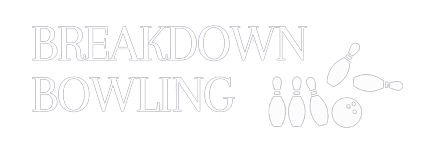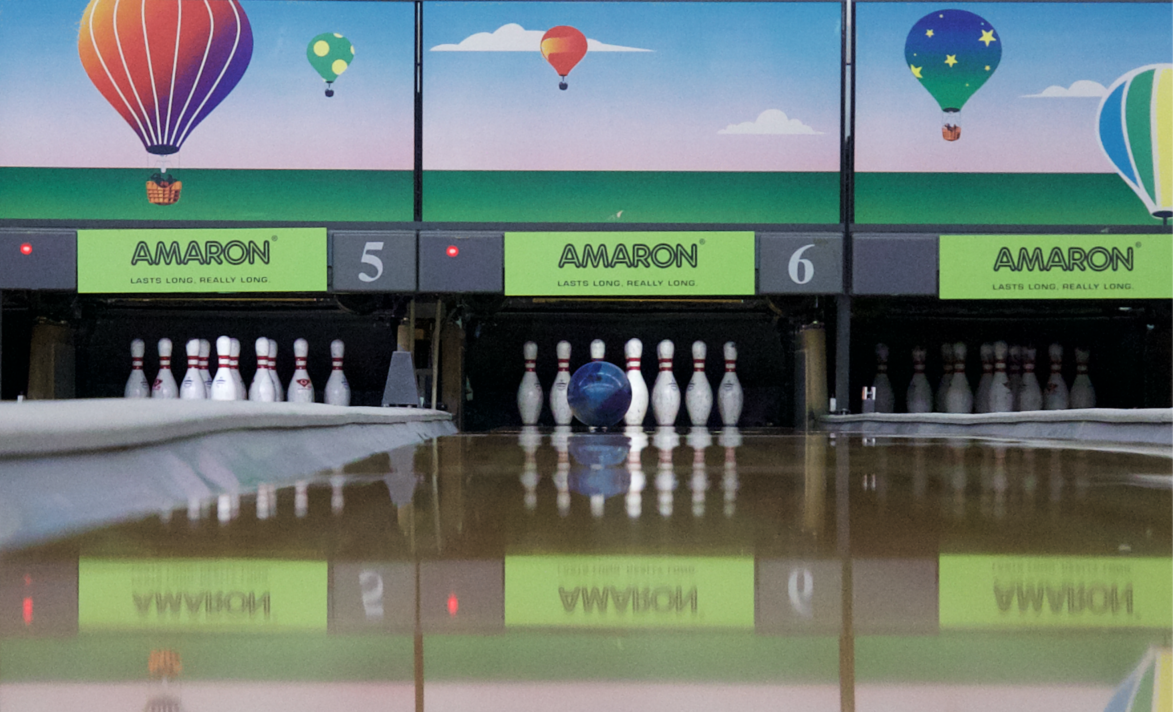For most of us, being able to repeat shots consistently, and being able to make the right adjustments on the lane, be it through our bowling line, our physical game or our equipment, is sufficient to allow us to compete at a high level. However, the game is always evolving, and keeping abreast with new fundamentals and concepts is one way that we can have an edge over our peers. Ball motion is one of these concepts, and our understanding of it has grown with advances in ball and video technology. In this article, we will discuss the modern take on ball motion in its 3 phases: Skid, Hook and Roll.
Introduction
When we discuss ball motion, we broadly refer to the way the ball travels across the lane, both vertically and horizontally (parallel and perpendicular to the gutters respectively), as well as how the rotation of the ball interacts with this movement. For many of us, especially those not gifted with high , we will not be able to clearly distinguish the phases of ball motion on the lanes. However, that doesn’t mean it isn’t actually happening! The ball is still going through all 3 phases of motion, and everything that we will discuss still applies.
Skid
The first phase of ball motion takes place at around the first 20 feet of the lane, depending on the oil pattern. The ball is travelling in a straight line, in the direction of the line that you are sending it towards. There is little friction acting on the ball as the front of the lanes have the heaviest volume of oil, which causes the ball to skid like a car on wet road. Here, the ball speed is the fastest and the rev rate is the lowest.
Hook
The second phase of ball motion takes place past the arrow zone, once the volume of oil decreases and the ball slows down due to friction. At this point, the force of friction acting on the ball due to its rotation exceeds the force from your arm at the start. The ball thus starts to hook towards the direction in which it is rotating. As it is a gradual transition, we will not be able to detect the exact point where this happens. However, we usually term the first point at which we can see this change of direction the breakpoint, which is a crucial concept in targeting and bowling a line.
Roll
The last phase of ball motion takes place towards the end of the lane, when the motion of the ball is entirely determined by its rotation and the friction acting on it. The ball is moving exactly in the direction of its rotation. This is where the rev rate of the ball is the highest and the speed is the lowest. Due to this, we want our ball to contact the pins at the transition between the Hook and Roll phases, or slightly after, as it is when the ball has the most energy and is able to drive through the pins.
How does this affect pin carry?
As we discussed, the ball has the most energy and thus will have the best carry if it contacts the pocket just as it enters the Roll phase. If it enters the pocket before it has time to transition to the Roll phase, carry will not be optimal because the ball is not at its maximum energy, and the entry angle may not be large enough as it is still changing direction. This occurs most often on lanes with a longer oil pattern. We sometimes use the terms ‘skidding/going too long’, ‘not completing its roll’ or ‘the ball is too late’ to describe such a phenomenon. To correct this, we may wish to play a line that is further outside with less oil, or simply change to a ball with more surface .
On the other hand, if it enters the pocket long after it has time to transition, then carry will not be optimal either, because the ball has already expended too much energy rotating and its rev rate has slowed down. This occurs most often on lanes with higher friction or on lower volume oil patterns. We usually use the term ‘rolling out’ to describe this phenomenon. To correct this, we may wish to play a line that is closer to the pocket with more oil, or change to a ball with a pearlised surface.
Our understanding of ball motion will probably never stop evolving, but we hope that this article gives you some insight into how your ball moves across the lane, what adjustments you can make to improve your game, and a common language to discuss and learn more about this topic with your peers and coaches!

